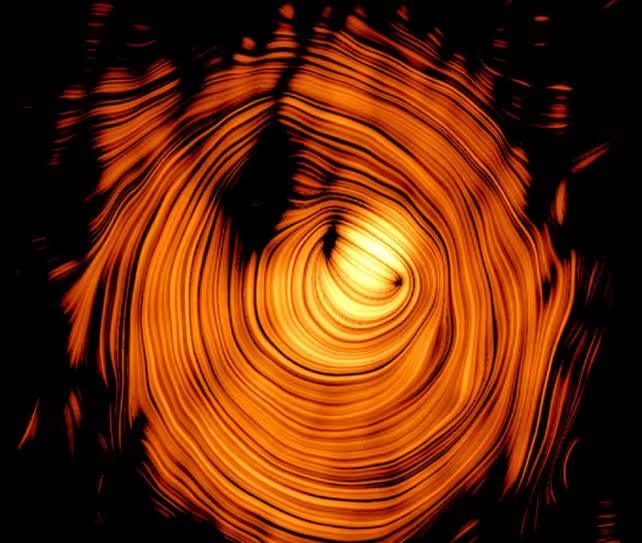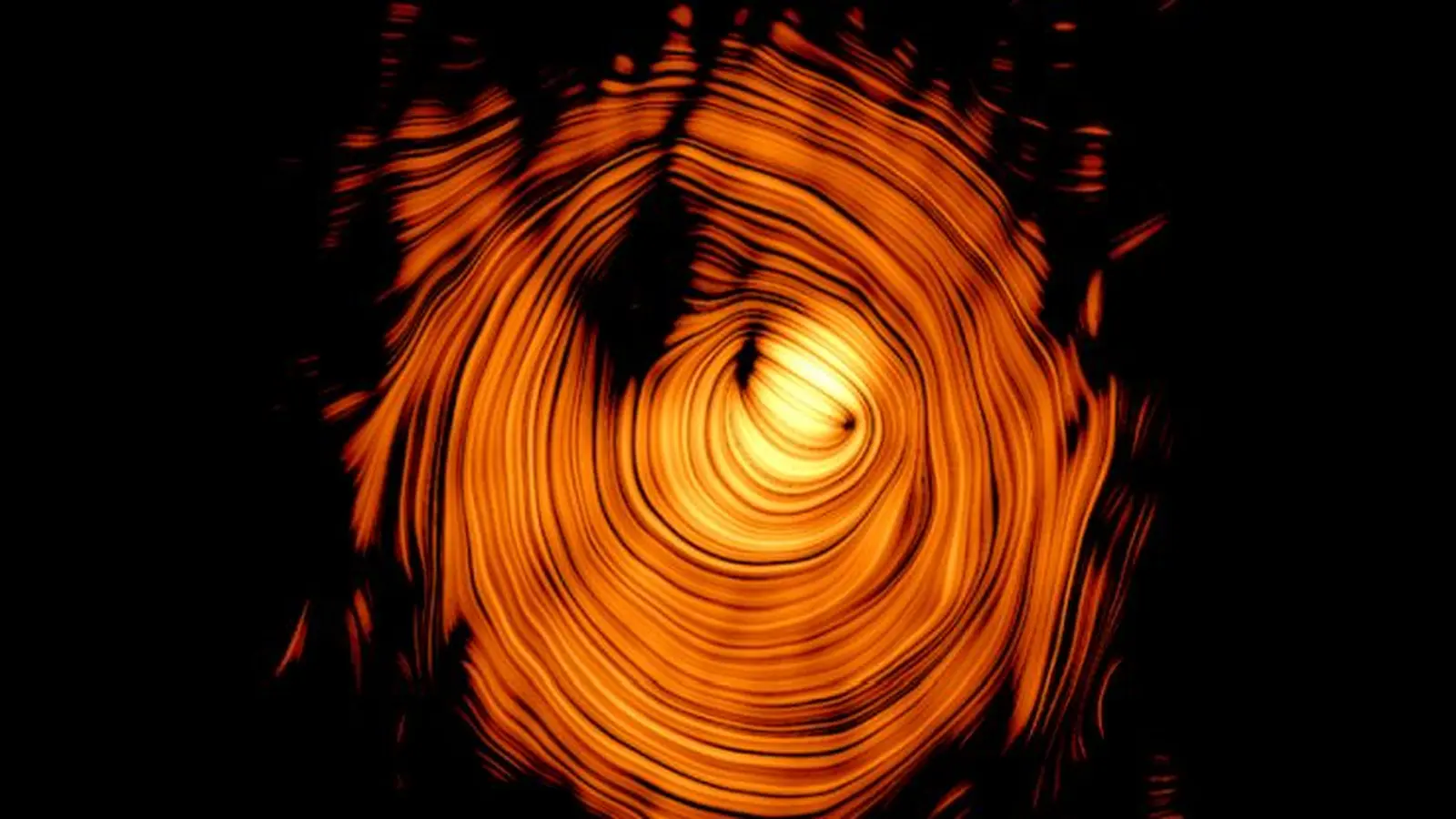5 Minutes
Discovery and the enduring puzzle
PKS 1424+240 is a blazar—an active galactic nucleus powered by a supermassive black hole whose relativistic jet is pointed nearly directly at Earth. Discovered more than five decades ago, this distant galaxy has long puzzled astronomers: it is one of the brightest sources of high-energy neutrinos and gamma rays, suggesting extremely fast, energetic jets. Yet measured apparent speeds of features in the jet appeared anomalously slow, creating a paradox between the observed brightness and the jet kinematics.
Blazars qualify as such when one of their relativistic jets aligns closely with our line of sight. That alignment produces strong Doppler boosting, making the jet appear far brighter and sometimes apparently superluminal—an optical illusion caused by relativistic motion and projection effects. For PKS 1424+240 the inconsistency between gamma-ray and neutrino output and the apparent jet speed motivated a long-term, high-resolution investigation into the jet's magnetic structure.
Observations and magnetic-field mapping with the VLBA
To resolve the paradox, an international team led by Yuri Kovalev of the Max Planck Institute for Radio Astronomy compiled 15 years of radio observations from the Very Long Baseline Array (VLBA). The VLBA provides milliarcsecond-scale images of compact radio sources, and crucially for this study, full-polarization data that reveal the polarization of the radio emission. Polarization traces how electromagnetic waves are aligned and is shaped by the magnetic fields in the emitting plasma.
By stacking and analyzing long-term polarization maps, the team reconstructed the magnetic-field geometry of PKS 1424+240's inner jet. The result was striking: the polarization data indicate a near-perfect toroidal (ring-like) magnetic field wrapped around the jet's axis. "When we reconstructed the image, it looked absolutely stunning," Kovalev said. "We have never seen anything quite like it — a near-perfect toroidal magnetic field with a jet, pointing straight at us." This geometry implies we are viewing the jet almost exactly down its barrel.

Key discovery and physical interpretation
A toroidal magnetic field aligned with the jet axis explains the apparent contradiction. Looking directly down a relativistic jet with a wrapped magnetic field produces very strong Doppler boosting of brightness while projection effects make transverse motion appear slow. "This alignment causes a boost in brightness by a factor of 30 or more," said Jack Livingston of the Max Planck Institute for Radio Astronomy. "At the same time, the jet appears to move slowly due to projection effects — a classic optical illusion."
The polarization mapping therefore reconciles the high-energy neutrino and gamma-ray production with the slow apparent motion: the source is highly boosted toward us, and internal particle acceleration processes remain efficient even when measured proper motions are modest. Kovalev emphasized the broader astrophysical implication: "Solving this puzzle confirms that active galactic nuclei with supermassive black holes are not only powerful accelerators of electrons, but also of protons — the origin of the observed high-energy neutrinos." This supports models in which blazar jets accelerate hadrons that interact to produce neutrinos and gamma rays.
Related technologies and future prospects
High-resolution radio interferometry and long-term polarization monitoring were essential to this discovery. Future improvements in very long baseline networks, multiwavelength monitoring (radio to gamma rays), and coordinated neutrino observations (IceCube and successors) will refine our understanding of particle acceleration in jets. Observatories that deliver time-resolved polarization studies can test whether toroidal magnetic configurations are common in neutrino-bright blazars and how magnetic topology evolves during flares.
Expert Insight
Dr. Elena Morales, an astrophysicist specializing in jet magnetohydrodynamics, comments: "This result highlights how magnetic field geometry can dramatically change our interpretation of jet physics. Long-baseline polarization mapping adds a third dimension to kinematic studies—without it we risk misreading Doppler-boosted sources. Coordinated neutrino and polarization campaigns are the next logical step."
Conclusion
Fifteen years of VLBA polarization data reveal that PKS 1424+240's jet is encircled by a toroidal magnetic field and is pointed almost directly at Earth. This geometry accounts for the blazar's extreme brightness and neutrino production while explaining deceptively slow apparent jet speeds as projection effects. The result strengthens the link between active galactic nuclei, relativistic jet physics, and high-energy neutrinos, and demonstrates the power of long-term, high-resolution polarimetric monitoring for unraveling cosmic accelerators.
Source: aanda


Leave a Comment